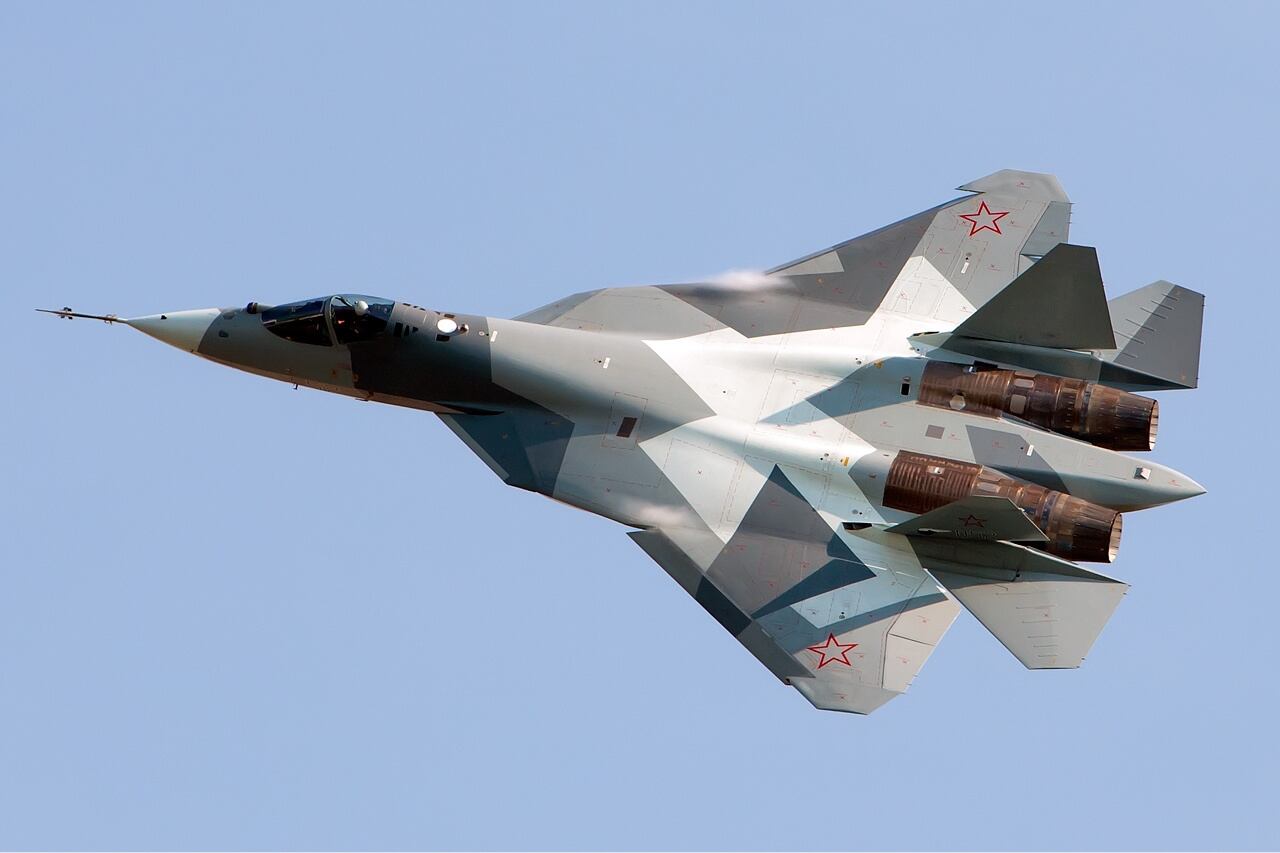MOSCOW — Following Russian President Vladimir Putin’s unveiling of several new types of nuclear weapons March 1, Westerners were left scratching their heads and wondering if he was bluffing. But in an interview published by the military newspaper Krasnaya Zvezda (Red Star) on Monday, Deputy Defence Minister Yury Borisov assured them: “This is no bluff.”
Borisov was specifically referring to the hypersonic boost-glide system Avangard, also known as 4202, one of the systems mentioned by Putin. The announcement itself was not a revelation. Russia has been testing hypersonic technologies similar to the U.S. gliders since at least 2004, and the Soviets began playing with the technology in the late 1980s.
“Avangard is well-tested,” Borisov said. “Its development was not without difficulty because the temperature on the surface of the glide vehicle reaches 2,000 degrees Celsius. It really flies within a plasma.”
Borisov said the major stumbling blocks to Avangard’s development were related to control surfaces and heat shielding for the vehicle.
Borisov, who is in charge of defense procurement, stressed that solutions were found and that “we already have a contract for the mass production of this system.” He also mentioned that Russia’s new heavy intercontinental ballistic missile, the 200-ton Sarmat, would be capable of launching a hypersonic vehicle — suggesting that Sarmat will double as the launch vehicle for Avangard.
Borisov’s interview comes a day after the Defence Ministry published a video of another Russian hypersonic system, Kinzhal, conducting a test flight. Taken together, it seems the Defence Ministry wants to underscore Putin’s message and ensure the announced systems are real — and not bluffs. Borisov walked down the list of six new systems announced by Putin.
Kinzhal is a more basic hypersonic weapon and is essentially a heavily modified Iskander short-range ballistic missile launched from a MiG-31 supersonic interceptor. The video blurred out shots of the engine. But as Borisov told Krasnaya Zvezda: “It is probably clear to everyone, from a technical point of view, how all this works.”
RELATED

According to Borisov, Kinzhal can reach Mach 10 and maneuver during hypersonic flight. Its range has previously been reported to be 2,000 kilometers. Borisov said =the first prototypes have already been tested and placed on duty.
“So this has long been no fantasy,” he said.
Borisov also insisted, though it comes as no surprise, that testing was well-underway for the Sarmat ICBM. As for the nuclear-powered cruise missile that turned so many heads, Borisov said the design last year underwent “integration testing” that showed the concept is feasible. The nuclear-powered engine has not, it seems, actually been tested yet.
Matthew Bodner covered Russian affairs for Defense News.







